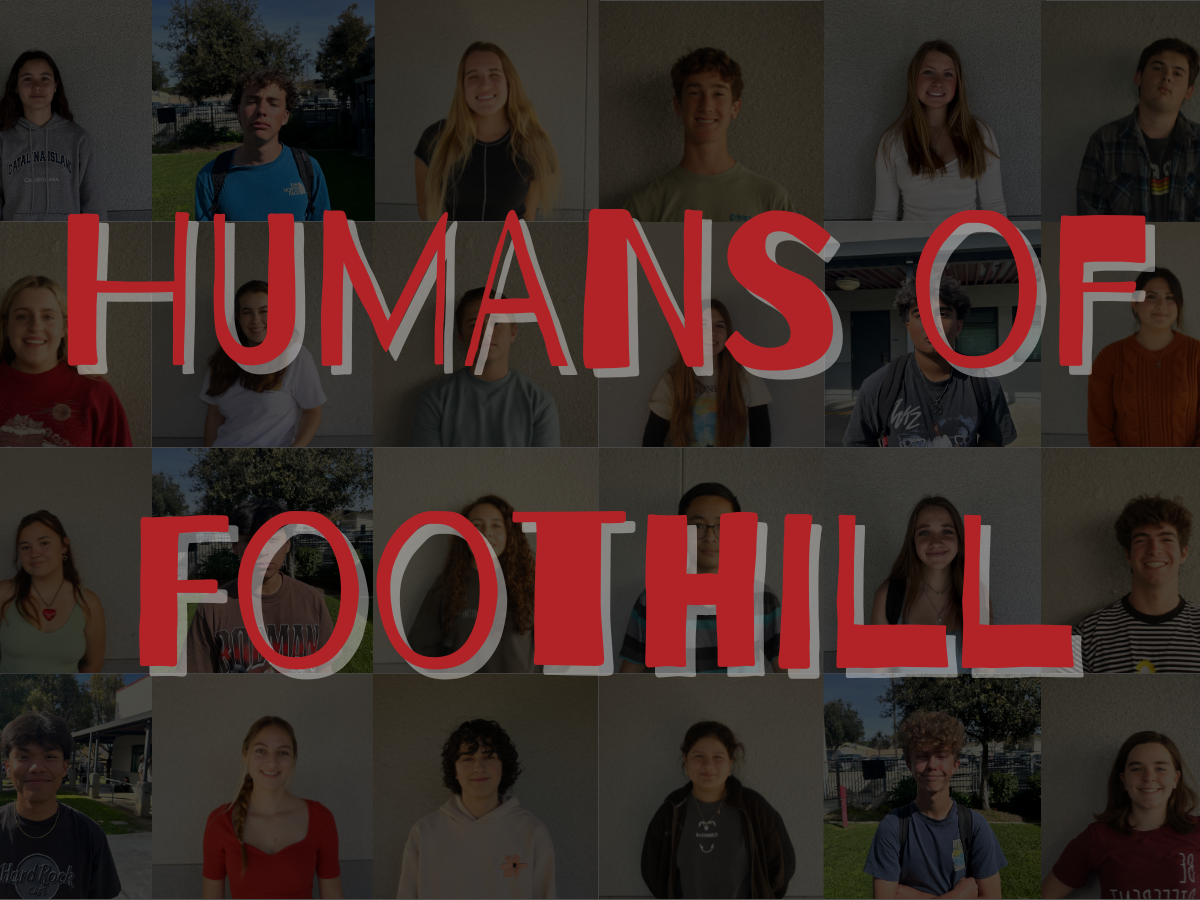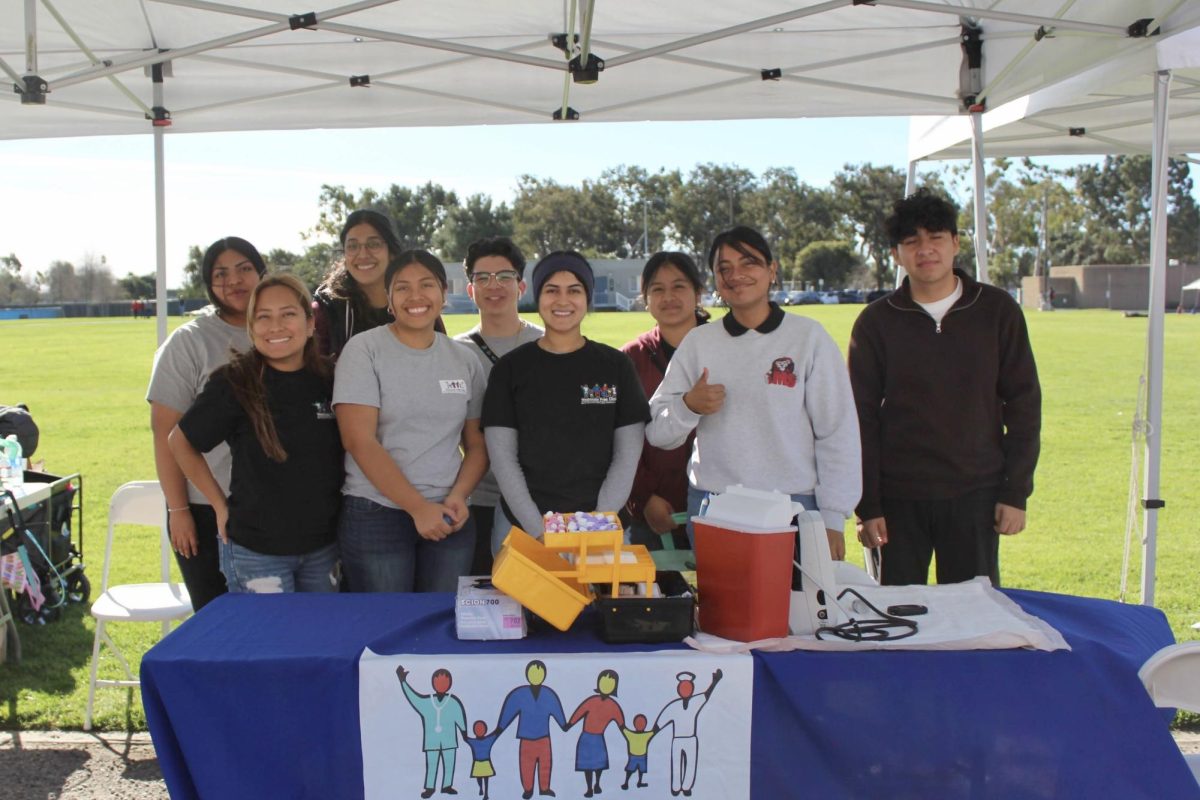With a new health craze behind every corner, you begin to wonder what the people who can’t easily afford or find healthy food do. With a poverty rate of 14.5 percent, some people in the US find food that is healthy and inexpensive hard to find.

With a new health craze behind every corner, you begin to wonder what the people who can’t easily afford or find healthy food do. With a poverty rate of 14.5 percent, some people in the US find food that is healthy and inexpensive hard to find.

According to GOOD Magazine, people who live in “food deserts,” places without farmer markets and grocery stores, are more likely to be obese.
This can be linked to a large national study that showed the annual increase of body mass indexes (BMI) of citizens between 1986 and 2002 among adults within the low income and education groups compared to those in the high income and education groups.
It was also shown that more than one-third of adults who earned less than $15,000 a year were obese, while 20 percent of adults who had an annual salary of more than $50,000 per year were overweight. In a recent study, it was shown that Americans with low income would have to spend 70 percent of their food budget to eat “healthy.”
Sophomore Julia Leemy feels that educating kids on the benefits of healthy eating is worth the effort.
“Yes [healthy food] is more expensive but the more people that buy it, the cheaper it will become,” she said.
This hypothesis was supported by an article written by the International Monetary Fund, which stated that supply and demand are controlled by the consumer and producer.
For example a large market of buyers for ballpoint pens will also be populated with large amounts of producers. The increase of production deducts the products worth since there is more of the object, making the price decrease.
The ‘grocery gap’ is a term used to describe the problems that people of low-income face with affording healthy and organic food that wealthy people do not. Organic food has always been more expensive than conventional food, because the supply is limited compared to the demand.
[soundcloud url=”https://api.soundcloud.com/tracks/245515292″ params=”color=ff5500&auto_play=false&hide_related=false&show_comments=true&show_user=true&show_reposts=false” width=”100%” height=”166″ iframe=”true” /]
Allison Karpyn, author of The Grocery Gap, was working for a non-profit company named Food Trust while working on it.
Karpyn stated in an interview with the Dragon Press that efforts are being made to close the grocery gap and that “there are financing programs available to help stores get into low income areas.”

She added that “most of America regardless of income is still overweight. Income helps but it’s not the only issue.” Other issues that contribute to obesity are: lack of exercise, genetics, medications, and diseases.
Karpyn does, however, believe that schools are helping try to bridge the gap with the help of the Healthy Hunger Free Kids Act which was passed in 2010.
The Healthy Hunger Free Kids Act is a legislation that sets policies for the USDA’s core nutrition programs such as the National School Lunch Program and the Child and Adult Care Food Program. The legislation sets policies such as providing schools additional funding for schools to meet nutritional standards, expanding access to drinking water, helping local farms to school networks, and creating school gardens.
According to the Huffington Post, the biggest problem in the access to healthy food is the fact that the industries are feeding the kids.
Items such as pork patties and pizza can be found in school cookbooks since the early 1950’s. Regardless of how many calories or fat the dish contained, people assumed that homemade translated into healthier.
Lori Walker, the Food Services Manager at Foothill, feels that discrimination of income doesn’t exist in the Ventura Unified School District.
“Everybody is offered the same meal choices, in which we strive for healthy choices,” Walker stated.
She added that Foothill’s cafeteria uses “all fresh produce, fruits, and vegetables” and that the school supports local farmers. In addition, they only use whole wheat products and control the sodium intake.
So although a food gap does exist, a bridge is being built to close it.
Background Photo Credit: Gabrialla Cockerell/The Foothill Dragon Press














